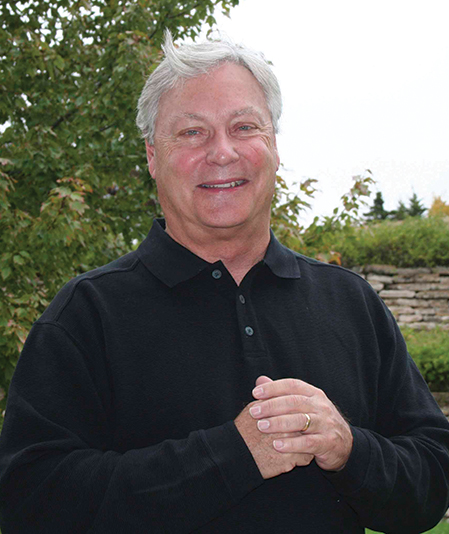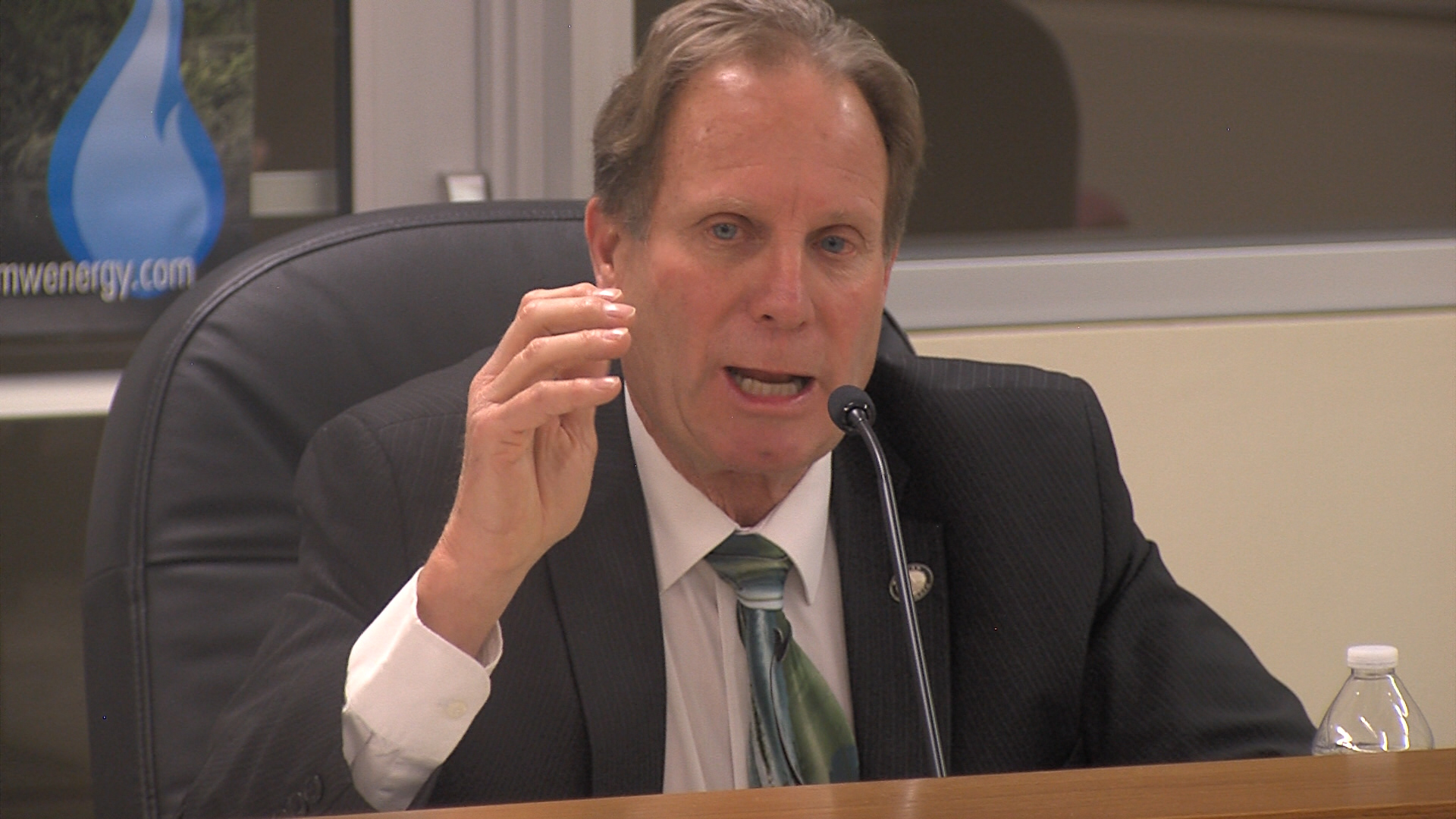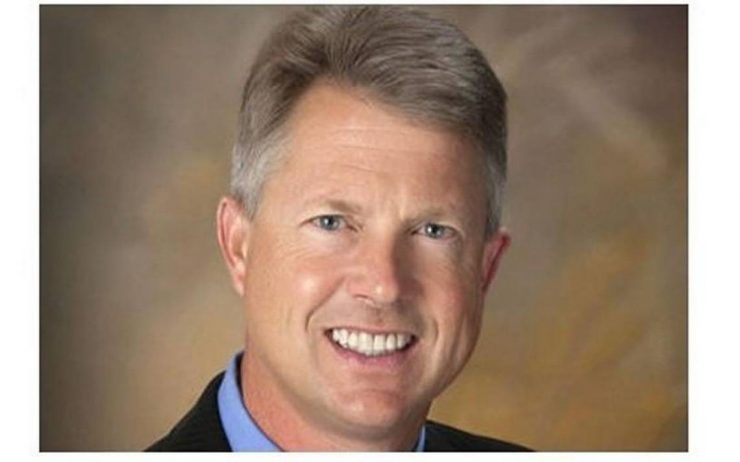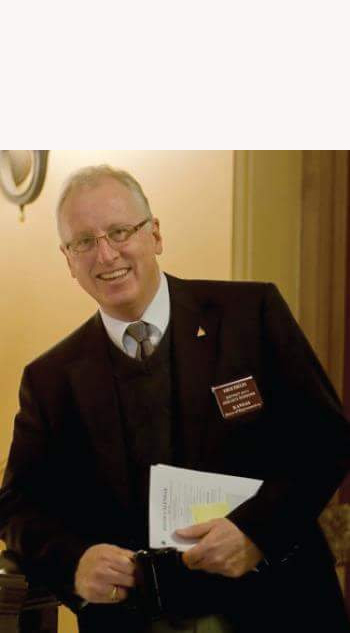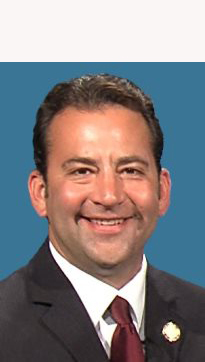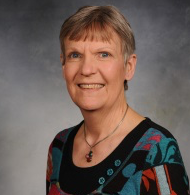
Former Kansan and now Texas A&M professor Dr. Lori Taylor is apparently conservative on spending and is dissecting school spending based largely on labor costs and costs for students who require extra services such as instruction in proficiency in the English language, disabilities and other health issues.
That report is aimed two ways—first, of course, to determine just what public K-12 education ought to cost and how much the state should spend to provide equal educational opportunities to all its students, the second to determine whether previous cost studies are still responsible standards for the Kansas Supreme Court to use in deciding whether a new school finance plan provides adequate state money to public education.
The court, recall, has held unconstitutional the current school finance formula law, based largely on past studies that another state consultant says are too old and not a good basis for determining state aid to schools.
These consultants were hired by the Legislative Coordinating Council (LCC), which essentially runs the business of the Legislature and is dominated by the Republican leadership of the House and Senate, most of whom aren’t interested in spending much more money on K-12 education or raising taxes this House election year. The two Democrats on the seven-member council voted against hiring the consultants, preferring instead to just adequately fund a previous school finance plan that had been held constitutional by the court.
Nobody has seen that new cost estimate yet—probably won’t until after dark Thursday with a committee explanation in daylight Friday—but betting is that the LCC’s consultant is going to come up with a spending plan far less than the popularly rumored in the Statehouse estimate of at least $600 million or more in new money for schools.
But part of that contracted-out study shoots holes in the two previous K-12 finance studies on which previous constitutional plans were based, and thereby weakens the arguments based on those plans forwarded by supporters of more spending on public schools.
Hmmm…weaken the arguments of the school districts seeking more money and present a new plan based on fresh statistical information that conservatives hope will sway the Supreme Court’s decision on a new finance plan. That’s one strategy if leaders believe that schools are adequately funded by the state, making new taxes unnecessary this election year.
So, what is that Friday report going to do to the Legislature?
Either give lawmakers who don’t want to spend more of your state tax money on K-12 education a new study to indicate to the court that the state is spending enough, or maybe a dab less than enough, but not a budget-busting amount…or, come up with a new plan that changes the formula by which lawmakers tell the State Department of Education to distribute about half of the state’s general fund to schools.
And, of course, there is still that option merely to take a previous formula which the court has held as constitutional and just fund it. Simple, but likely to require either sharp cuts in state spending on everything else or raising your taxes again, with the slim election-year possibility of increasing local school district property taxes.
Meanwhile, everything that costs any money, either little changes for the current fiscal year or for the upcoming fiscal year, are pretty much on hold.
We ought to know by Friday just what happens, and maybe why.
Syndicated by Hawver News Company LLC of Topeka; Martin Hawver is publisher of Hawver’s Capitol Report—to learn more about this nonpartisan statewide political news service, visit the website at www.hawvernews.com



